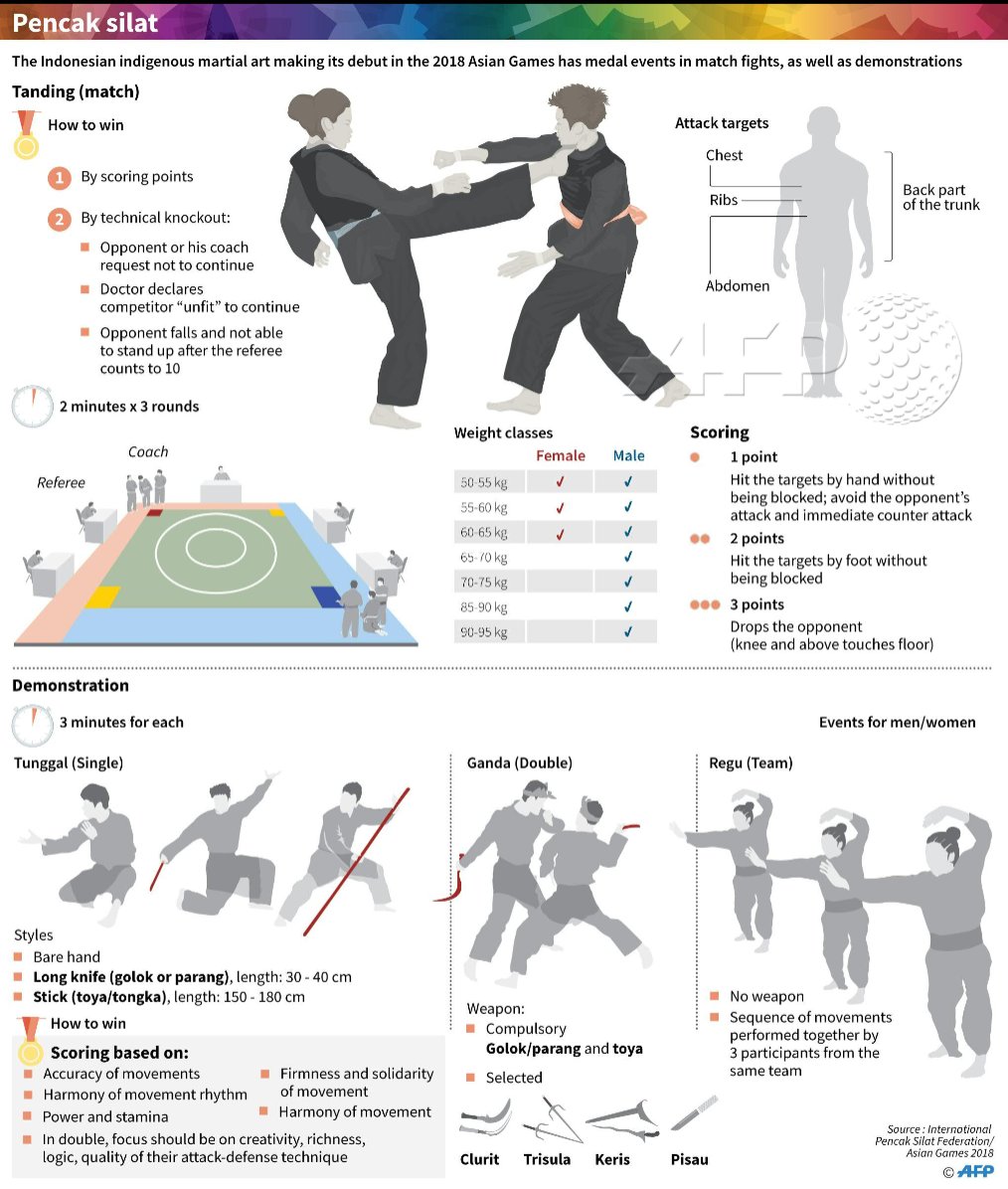The Relevance Of Versatility In Martial Arts Guideline
The Relevance Of Versatility In Martial Arts Guideline
Blog Article
Authored By-Young Flores
Did you know that adaptability plays an essential duty in martial arts training?
In fact, a research carried out by the International Journal of Sports Physical Therapy disclosed that over 80% of martial musicians struggle with restricted adaptability.
But why is flexibility so vital? Well, it not only boosts your performance and technique yet also reduces the danger of injuries.
So, if you're aiming to take your fighting styles skills to the next level and remain injury-free, you'll most definitely intend to maintain reading.
Advantages of Versatility in Fighting Style
Flexibility in fighting styles brings many advantages to practitioners, allowing you to boost your performance and lower the threat of injury. By enhancing your flexibility, you increase your variety of motion, allowing you to execute techniques with greater accuracy and effectiveness.
This improved dexterity and fluidness in your motions can provide you a competitive edge, allowing you to respond quicker and adjust to various scenarios throughout competing or competitions. In https://martialartsforspecialneed12108.kylieblog.com/34420701/discovering-the-rich-heritage-and-spiritual-capacities-of-fighting-style-a-complete-exam , boosted adaptability helps to prevent injuries by improving muscle elasticity and joint mobility.
It enables your body to relocate extra freely, lowering the stress on your muscle mass and tendons. This, consequently, minimizes the opportunities of sprains, stress, and muscle pulls. By integrating adaptability training into your fighting styles method, you not just enhance your efficiency yet also safeguard your physical well-being.
Strategies to Enhance Adaptability
To improve your flexibility in fighting styles, you can integrate different stretching workouts into your training routine.
One reliable strategy is vibrant stretching, which involves relocating through a full variety of activity to heat up your muscles and raise versatility. Examples include leg swings, arm circles, and trunk turnings.
An additional technique is static stretching, where you hold a go for a continual period of time. This assists lengthen and unwind your muscle mass, boosting versatility with time. Usual static go for fighting styles include the butterfly stretch, hamstring stretch, and shoulder stretch.
Additionally, incorporating yoga or Pilates into your training can also significantly enhance your adaptability.
Keep in mind to always warm up prior to stretching and listen to your body to avoid injury.
Versatility Training for All Ability Degrees
As you proceed in your fighting styles training, improving your versatility comes to be important for boosting your overall efficiency. top 10 indian martial arts isn't only advantageous for advanced specialists yet likewise for novices and intermediate pupils.
Despite your ability level, incorporating adaptability exercises into your training regimen will certainly assist you create a wide range of activity, protect against injuries, and enhance your strategy implementation.
For newbies, adaptability training can assist boost your form and pose, enabling you to perform motions correctly and efficiently. Intermediate practitioners can use flexibility training to further raise their variety of activity and improve their fluidity in performing complex methods. Advanced trainees can benefit from flexibility training by preserving and refining their existing adaptability, enabling them to perform innovative moves effortlessly.
Conclusion
Finally, welcoming adaptability in your martial arts training is critical. By incorporating strategies to boost flexibility, you can boost your efficiency and stop injuries.
Remember, ' simply click the following post is a resistant body.' So, keep pressing your restrictions, extending regularly, and reap the benefits of a supple and nimble physique.
